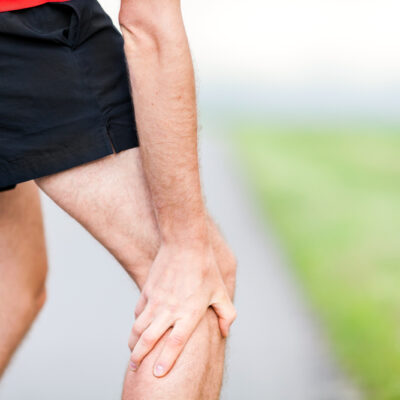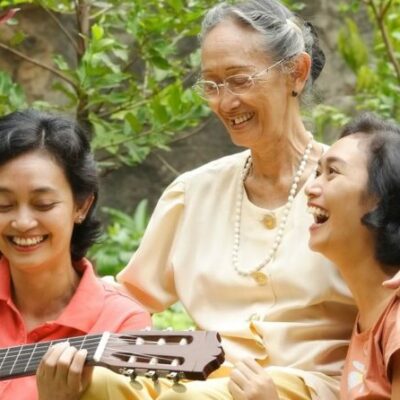
Prime Types of Spinal Muscle Atrophy (SMA)
Spinal Muscle Atrophy, or SMA, is a genetic disorder that causes uncontrolled muscle movement due to the loss of the nerve cells in the brainstem and spinal cord. SMA is believed to be a genetic disorder that causes the motor neurons within the spinal cord to suddenly cease function.
The symptoms of SMA differ depending on type and age, however, some symptoms do overlap (i.e., muscle weakness and weakness).
The prime types of spinal muscle atrophy include:
- SMA Type 1 (Severe Stage):
This type of Spinal Muscle Atrophy is very common and is very severe as well. This condition is present from the birth itself and in some infants, it is often seen between the age of 0 to 6 months.
- SMA Type 2 (Intermediate Stage):
Between the age of 7 months to 18 months, the symptoms of this stage are going to appear. It is the legs of the child that are going to be affected more than the other parts like arms. In most of the cases, kids with Type 2 SMA will not be able to stand. Along with this, they are also more prone to respiratory infections as well.
- SMA Type 3 (Mild Stage):
The symptoms of this stage can appear at any time between 18 months to their early adulthood. There will not be any kind of problem with walking and standing, but the only problem is with getting up from the sitting posture.
- SMA Stage 4 (Adult):
This is a very rare condition and will face this problem only after their 30’s or 40’s. They will have normal muscle movement, but the problem will progress very slowly and cause weakness of the muscles.
Diagnosing SMA
SMA is often diagnosed by worried parents when they first they notice limited or no movement in their infants arms or legs. Doctors will typically conduct a physical examination and may perform blood and genetic testing, as well perform a muscle biopsy, and a electromyography (or EMG), which measures electrical muscle response to a nerve’s stimulation of the muscle.
While there is no permanent cure available for spinal muscle atrophy, doctors often concentrate on reducing the symptoms and other health issues connected to this condition, for example:
- Physiotherapy: For type 3 and 4, physiotherapy can be the best and most effective way to increase muscle movement and to make the muscles stronger.
- Prevention of infection: For type 1 SMA, pneumonia and other respiratory infections are common so doctors will make sure that the lungs are functioning normally.


